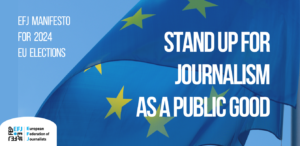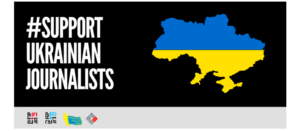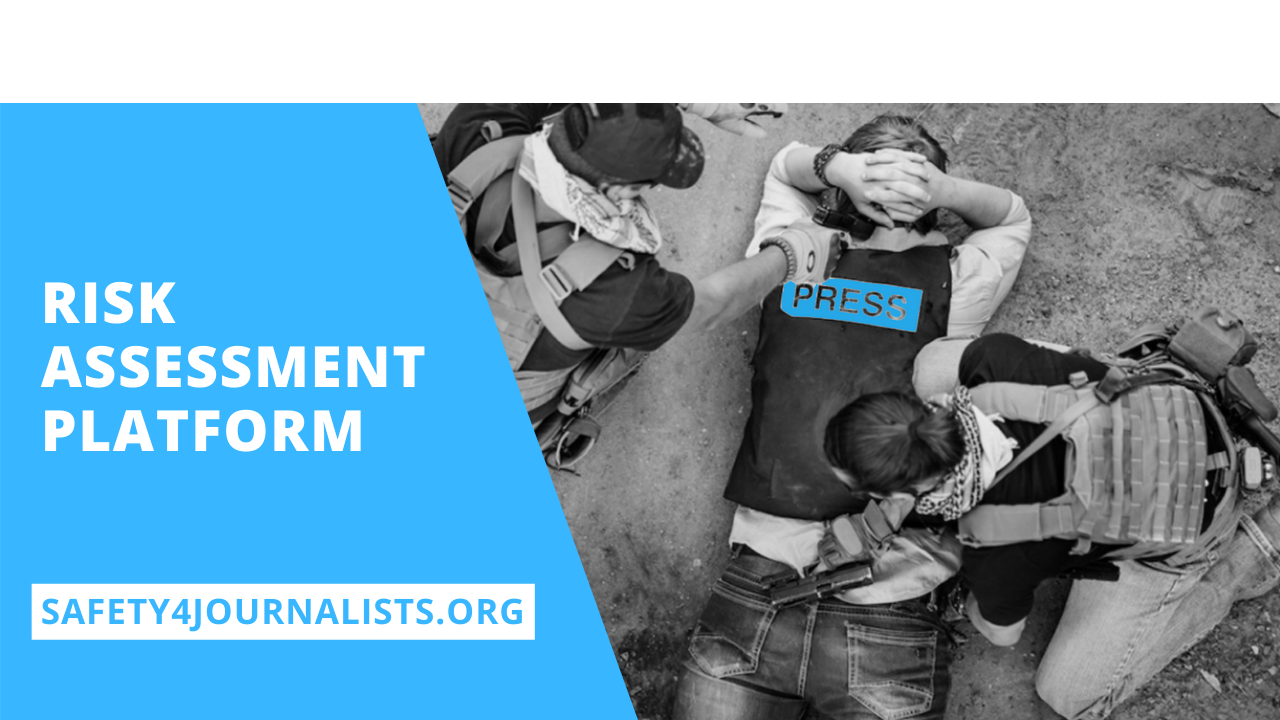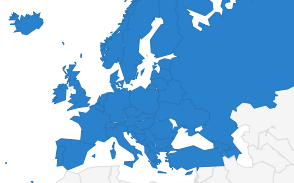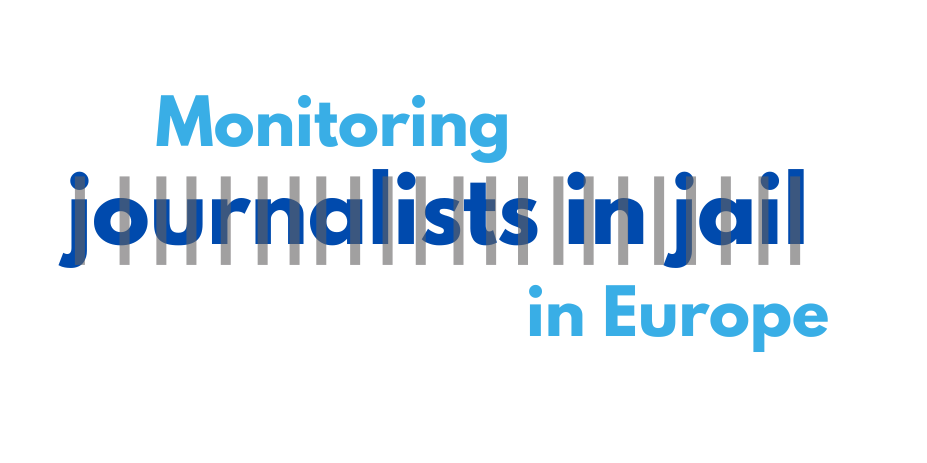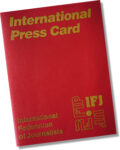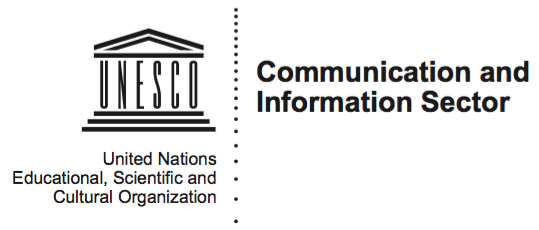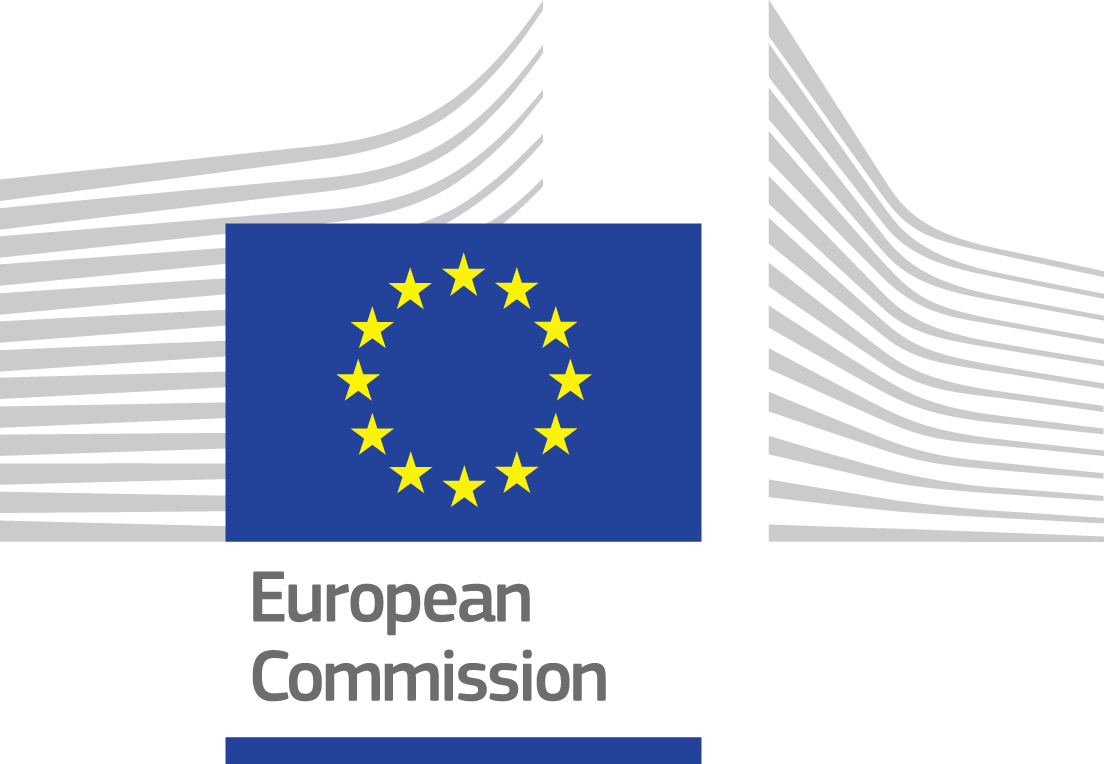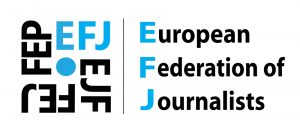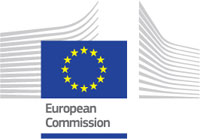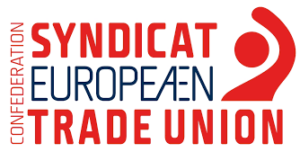MPM 2021: media pluralism further deteriorates in Europe, no country is free from risks
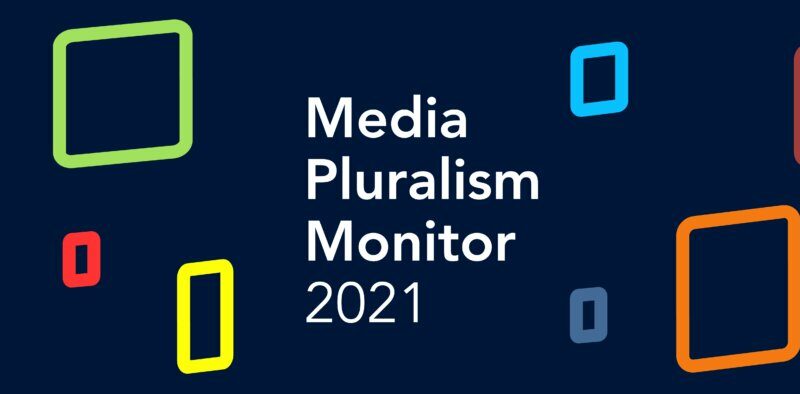
The latest Media Pluralism Monitor (MPM2021) report was released on 20 July by the Centre for Media Pluralism and Media Freedom (CMPF). It shows an overall deterioration in the situation of media pluralism across Europe compared to last year’s report. MPM2021 also shows that 12 countries do not guarantee decent working conditions for journalists: Albania, Croatia, Czechia, Hungary, Latvia, Lithuania, Montenegro, the Netherlands, North Macedonia, Romania, Serbia and Turkey.
The MPM2021 is a tool that assesses the risks to media pluralism in 32 European countries; 27 EU member states and 5 candidate countries (each country’s individual report can be accessed here). The report documents the health of media ecosystems, detailing threats to media pluralism and freedom during the year 2020. Just like the findings of the last four reports, results show that none of the countries analysed are free from risks to media pluralism.
Marked by the COVID-19 pandemic, 2020 was a challenging year for journalists and media workers in Europe. The pandemic has triggered serious economic difficulties for the media sector, which led some Member States to adopt news media support schemes.
“The MPM clearly demonstrates the present fragility of media pluralism in Europe in view of the turbulence brought about by the COVID-19 pandemic and continuing digital disruption. While the pandemic highlighted the critical importance of professional quality journalism in times of crisis, we are increasingly seeing incidents of violence against journalists, online threats, and increasing economic uncertainty. Trends such as these harm journalists’ ability to perform their essential role in society at the service of our democratic discourse,” CMPF Director Professor Pier Luigi Parcu said.
The MPM2021 assessed the risks to media pluralism in a given country based on 20 indicators covering four main areas: Fundamental Protection, Market Plurality, Political Independence and Social Inclusiveness. The findings show a general stagnation or deterioration of media pluralism and media freedom in all four areas, especially in the Social Inclusiveness and the Market area. The sub-indicator ‘life safety’ is the only one that has seen an improvement as no journalists were killed in 2020.
The four areas and main findings
Fundamental protection

Considering the necessary preconditions for media pluralism and freedom, the results in this area confirm the trends of previous MPM reports: a gradual deterioration of the principles and pre-conditions for a plural and democratic media system. Although a majority of the countries analysed scored low risk in the area of Fundamental Protection, 14 countries scored medium risk, and one country, Turkey, scored high risk.
Of the five indicators analysed, the indicators relating to ‘Protection of freedom of expression’, ‘Protection of the right to information’ and ‘Journalistic profession, standards and protection’ show a deterioration in the situation compared to the previous year. This negative development can be explained by the recent legal and regulatory measures adopted by European governments to prevent the dissemination of false or distorted pandemic-related information, potentially detrimental in the long term. The pandemic has also had an impact on the safety of journalists, with several countries reporting an increase in physical attacks on journalists as well as online threats and harassment, affecting their working conditions. The ‘Journalistic profession, standards and protection’ indicator shows an overall increase of seven percentage points in risk.
The report shows that there is still much to be done to improve the situation of standards and protection of the journalistic protection. The lowest ranked countries in this criterion are Turkey (71% risk) and Albania (70%), followed by Montenegro (64%), Bulgaria (60%), Serbia (55%), France (48%), The Netherlands (47%) and Romania (44%). The best ranked countries are Germany (18%), Cyprus (21%), Luxembourg (22%) and Denmark (23%).
The sub-indicator on Working conditions scores, on average, a medium risk (64%). Within this indicator, only Germany, Ireland, and Sweden scored as being at low risk, while 12 countries scored a high risk: Albania, Croatia, Czech Republic, Hungary, Latvia, Lithuania, Montenegro, the Netherlands, North Macedonia, Romania, Serbia, and Turkey. Amongst the countries that score a high risk, Hungary, Lithuania, Montenegro, Romania, and Turkey scored 97%, the highest risk.
The reports says that “some of the reasons behind these unfavourable working conditions are country-specific, but many are shared, such as the absence of collective contracts protecting journalists’ rights, low wages and difficulties in relation to the sustainability of media outlets due to competition created by news intermediaries, such as online platforms. In some countries, e.g., in Turkey, the labour law does not cover specific groups of journalists, such as freelancers and self-employed journalists (Inceoglu et al., 2021). Likewise, in Romania, freelancers do not enjoy the same levels of social security as employed journalists”.
“This deterioration in working conditions is very worrying,” said Ricardo Gutiérrez, EFJ General Secretary. “The European Court of Human Rights has pointed this out: a free and pluralistic media environment relies on the free conduct of the journalistic profession. This means that journalists should be able to enjoy decent working conditions and should be able to work without constraints. We again call on the EU member states to guarantee an “enabling environment”, one that allows journalists and other media actors to operate and to express themselves freely without fear”.
Market plurality
In this area, which assesses the economic risks to media pluralism, no country is considered to be at low risk: 14 countries have a medium economic risk and 18 countries a high risk. For the 2021 report, the Market Plurality area has shifted from medium to high risk, reflecting the growing economic threats to media pluralism. Last year, the main driver of risk was the decline in news media advertising revenues, while the COVID-19 pandemic accelerated the trend of declining news media revenues and the shift of resources to digital intermediaries. As a result, the economic working conditions of journalists continue to deteriorate, especially among freelancers. In addition, transparency of media ownership is not satisfactory, especially online.
Political independence
This area assesses the editorial autonomy of the media in terms of self-regulation and the safeguards in place against manipulative practices in political advertising. Overall, the area of Political Independence is high risk in the same 7 countries as in the last report: Bulgaria, Hungary, Malta, Poland, Romania, Slovenia, and Turkey. Eight countries have a low risk, and 17 countries have a medium risk. Although on average the sectoral risk remained almost the same as in the MPM2020, the medium risk score of 48% shows the political capture of the media is becoming an alarming and widespread phenomenon in the EU and candidate countries. Traditional media such as newspapers and audiovisual media are considered as having a much higher risk of political control than other forms of media.

Overall, most of the risks are due to a lack of regulatory protection of editorial autonomy, a general lack of political independence of the media and conflicts of interest between the government and media ownership. In Central and Eastern Europe, public service media are particularly exposed to the risk of government interference due to the appointment of politically dependent management. In addition, the majority of countries (25) scored high risk on the ‘state advertising’ indicator, as they lack transparency regarding beneficiaries and expenditures, which is a sign of increasing political capture.
Social inclusiveness
The Social Inclusiveness area assesses the access to media of various social and cultural groups, such as minorities, local/regional communities, people with disabilities and women. The report finds that women continue to be heavily underrepresented in both media management and in the roles of editors-in-chief.
To the above-mentioned concerns regarding media plurality in Europe, the report gives several recommendations, including:
- Revisiting the legislation that has been adopted in response to the COVID-19 pandemic and revoke provisions that are no longer needed.
- Raising awareness about the available legal protection of whistleblowers so as to increase its impact and to encourage potential whistle-blowers to come forward if they have information about any misconduct or wrongdoing.
- Strengthening the public social protection schemes for journalists, in case of unemployment, under-employment, sickness, parenthood.
- More transparency of media ownership, including the ultimate ownership, updating the national law with media-specific provisions and introducing cross-border regulation; guaranteeing public access to the information retained by the public bodies.
- State advertising needs to be regulated with clear criteria for distribution and transparent procedures, including regular reporting on who the beneficiaries are, and what amounts were received.
- Journalists and their professional associations should engage more in creating effective self-regulation.
- Ensuring better representation of minority groups in the management and on the boards of public service media (this can be achieved through revised appointment procedures).
- Media literacy strategies should be included in the formal education curriculum and teachers should be systematically trained.
- Foster EU-level self-regulatory policy solutions to limit the dissemination of disinformation and hate speech online. Further, ensure that online platforms are transparent and accountable for the measures that they deploy to limit some specific content.

